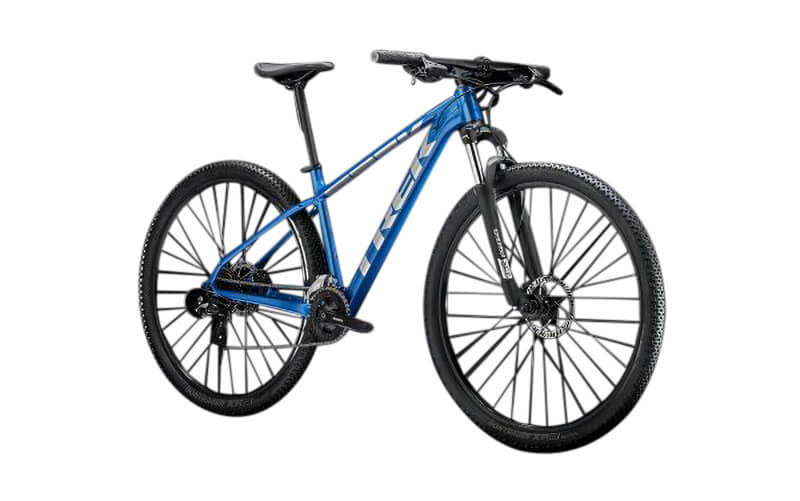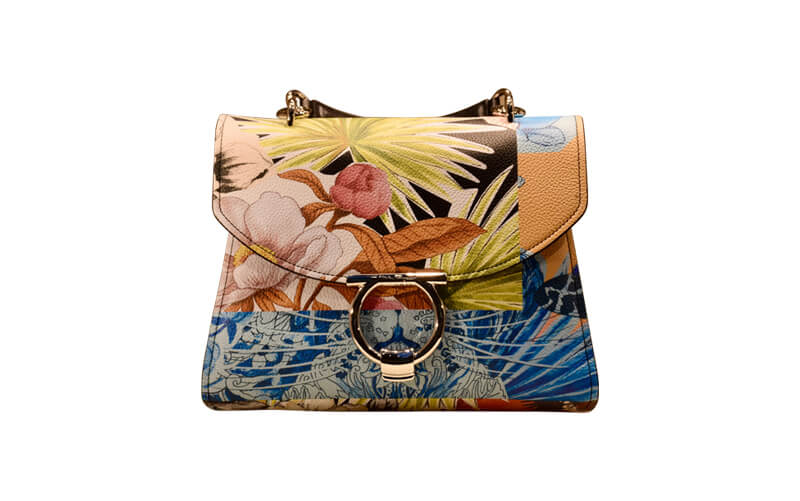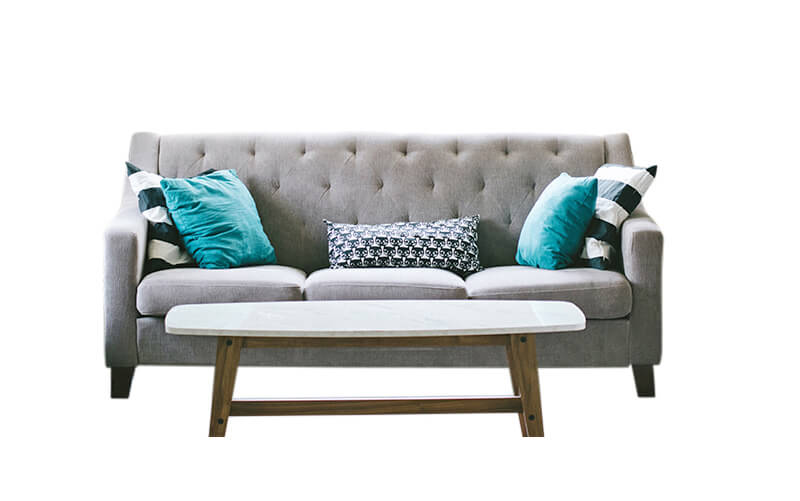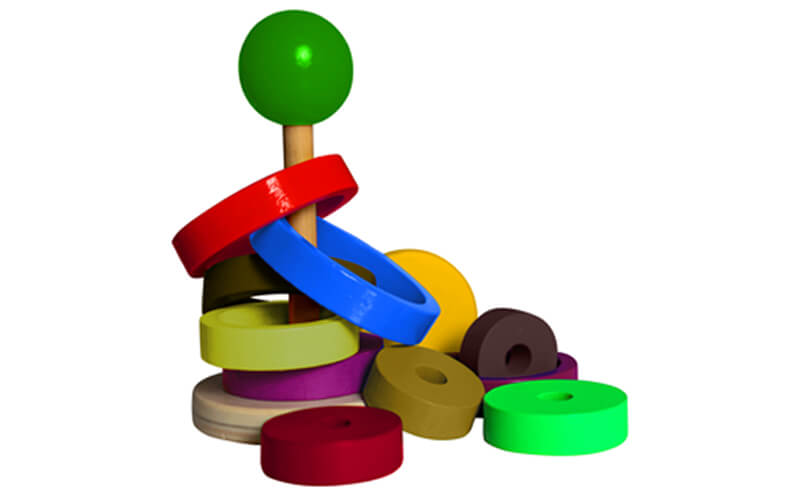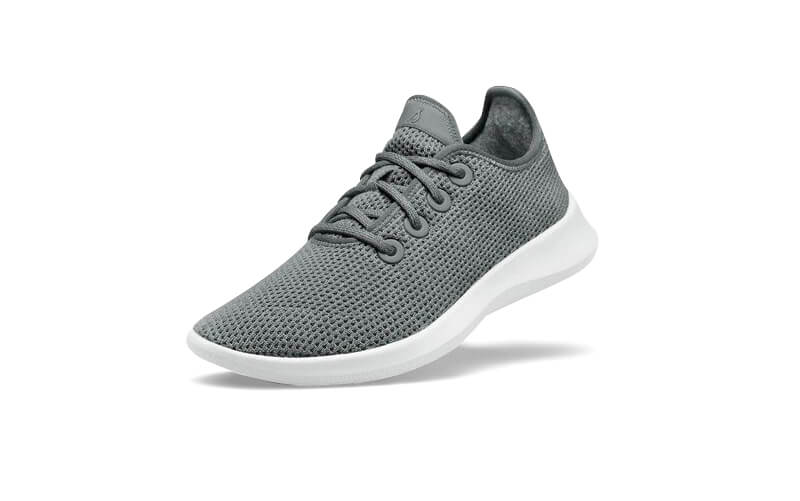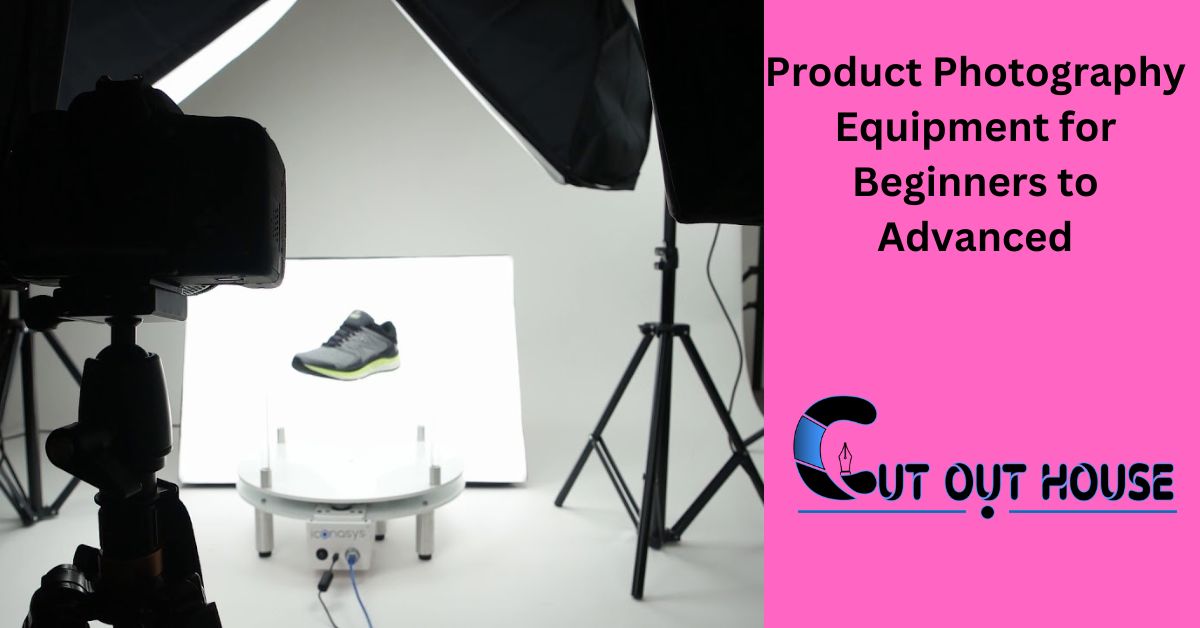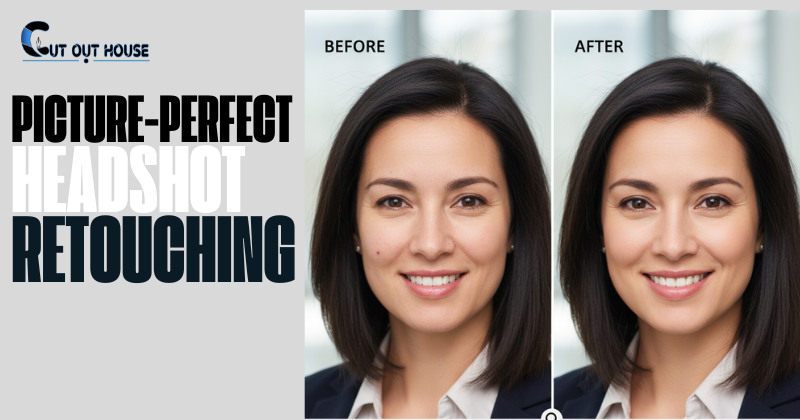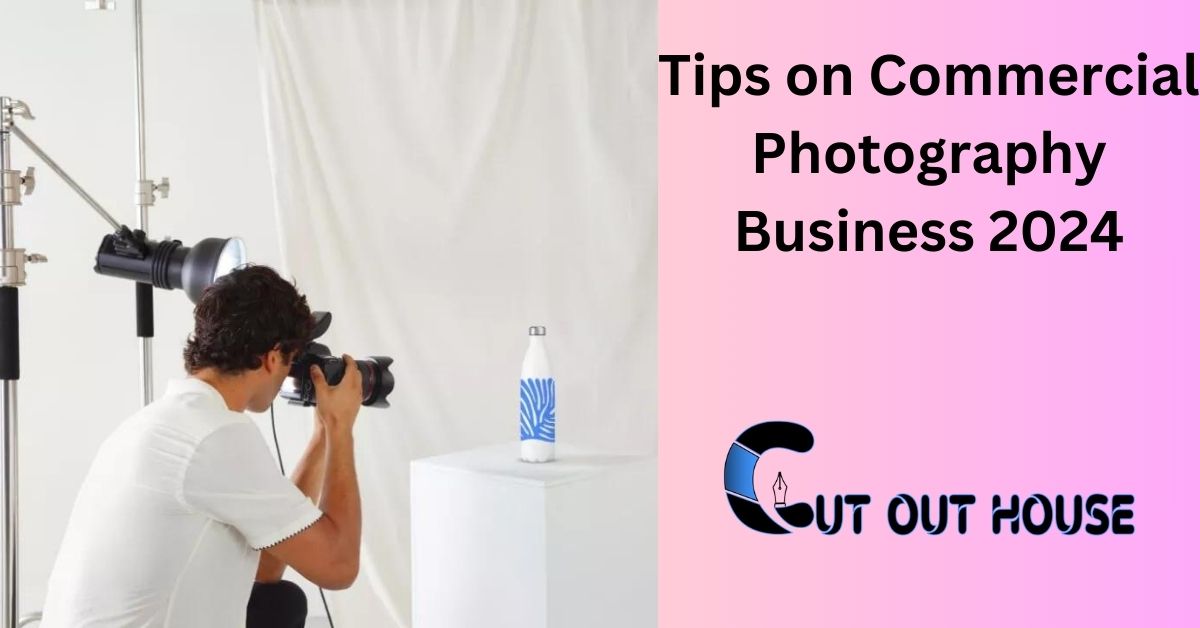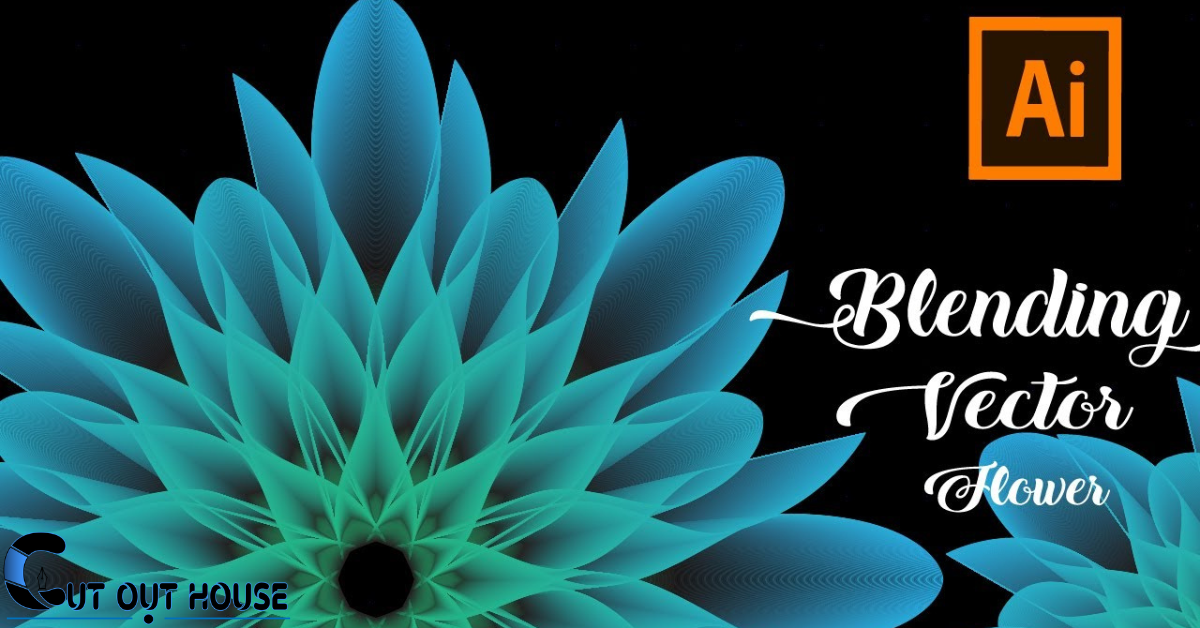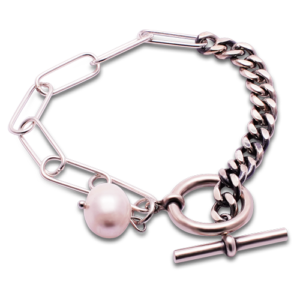Product photography assumes a critical part in the realm of promoting web-based business. Whether or not you are making your most memorable strides as a fledgling or are an old pro hoping to improve your abilities, having the right stuff is fundamental for catching excellent product pictures. In this exhaustive aid, we will dive into the fundamental Product photography Equipment that takes special care of a scope of mastery, from novice arrangements to cutting-edge devices for experts.
Getting Started: Beginner Equipment
1. Camera:
- DSLR or Mirrorless Camera: Beginners can begin with a basic DSLR or mirrorless camera. These cameras provide manual settings that grant you more control over your shots.
2. Tripod:
- A reliable tripod is a must to maintain camera stability, eliminating any unwanted blurriness and ensuring sharp, clear images.
3. Lighting:
- Natural Light: Commence with natural light from a window, which offers soft and diffused lighting, ideal for product photography.
- Reflector: A reflector comes in handy for redirecting and regulating natural light, thereby reducing harsh shadows.
- Tabletop Studio Kit: Novices can opt for affordable kits that include lightboxes and LED lights, facilitating consistent lighting conditions.
4. Background:
- Keep it simple with a clean and uncluttered backdrop. Basic white paper or cloth backgrounds suffice at this stage.
5. Props and Styling Accessories:
- Enhance your product presentation with props such as acrylic risers, decorative elements, and styling tools.
6. Editing Software:
- Basic editing software like Adobe Lightroom or free alternatives like GIMP is suitable for post-processing your images.
Progressing Further: Intermediate Equipment
1. Camera:
- Consider upgrading to a camera with higher resolution and improved low-light performance.
2. Lenses:
- Invest in prime lenses with wider apertures to gain more control over the depth of field and elevate image quality.
3. Tripod:
- Upgrade to an intermediate tripod with features like adjustable legs and a ball head for precise positioning.
4. Lighting:
- Continuous Lighting: Transition to continuous lighting kits with adjustable color temperature for consistent and customizable illumination.
- Light Modifiers: Softboxes, diffusers, and grids offer control and shaping of light.
5. Background:
- Explore a wider array of backdrops, including textured and colored options, to align with your product and branding.
6. Camera Accessories:
- Enhance your toolkit with accessories like a remote shutter release, polarizing filters, and lens hoods for increased versatility.
7. Editing Software:
- Consider upgrading to advanced editing software such as Adobe Photoshop for more intricate retouching and image manipulation.
Mastering the Art: Advanced Equipment
1. Camera:
- Delve into high-end full-frame cameras renowned for exceptional image quality and features tailored to professional photographers.
2. Lenses:
- Invest in a variety of top-notch lenses, including macro and tilt-shift lenses for specialized product shots.
3. Tripod:
- Opt for premium tripods with advanced stability features and ergonomic designs, ensuring comfort during extended shooting sessions.
4. Lighting:
- Studio Strobes: Transition to studio strobe lighting for precise control over lighting intensity and duration.
- Color Calibration Tools: Employ tools like colorimeters to guarantee accurate color representation.
5. Background:
- Explore customizable background systems and high-quality materials for professional-level results.
6. Camera Accessories:
- Invest in advanced accessories such as motorized sliders for dynamic product shots and wireless tethering for an efficient workflow.
7. Editing Software:
- Consider specialized software like Capture One Pro for in-depth color grading and tethered shooting capabilities.
Conclusion:
Irrespective of your level of expertise, having the right equipment is pivotal for successful product photography. As you advance, remember that skill and creativity are equally as important as your gear. Start with the fundamentals and gradually invest in more advanced equipment as your skills and requirements evolve. Through dedication and practice, you can create captivating product images that engage your audience and drive sales.

